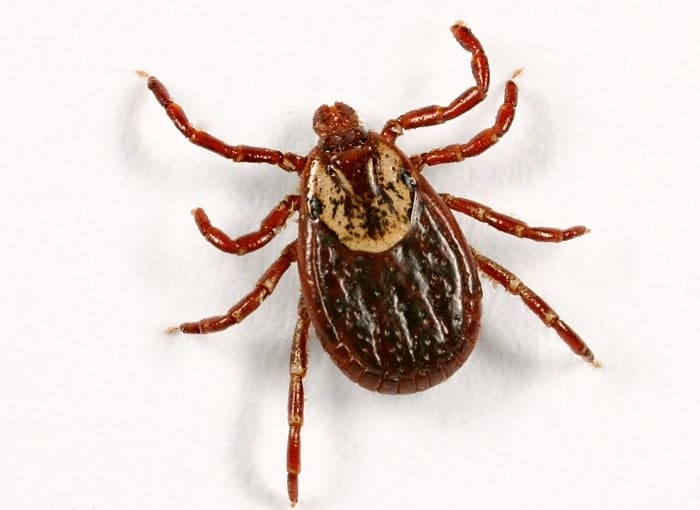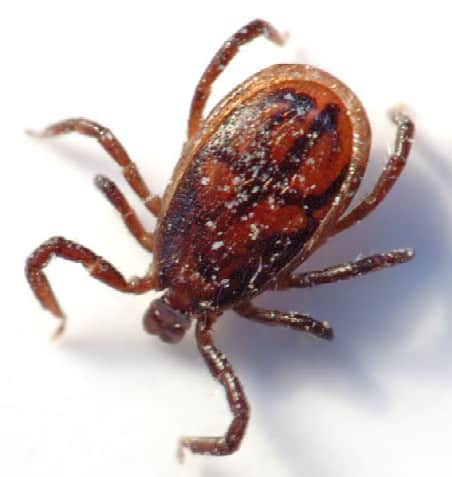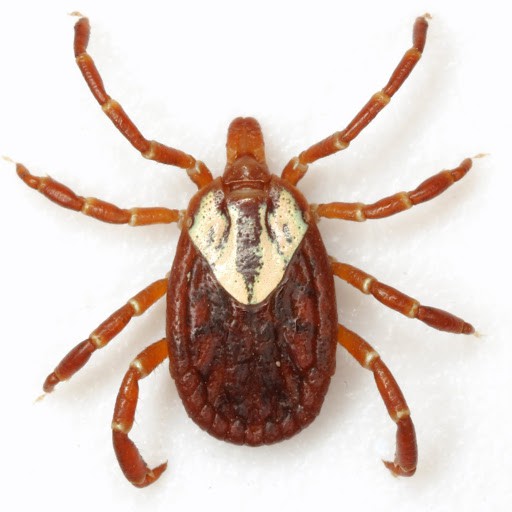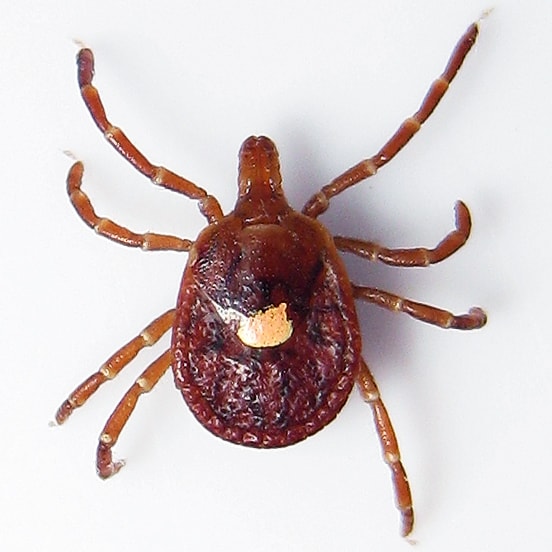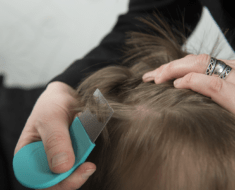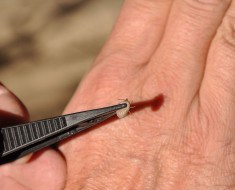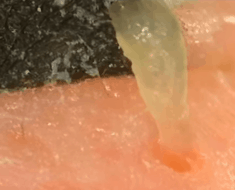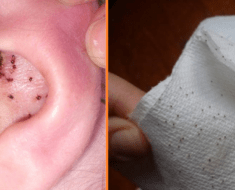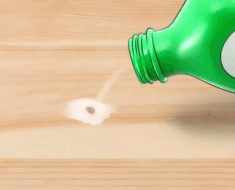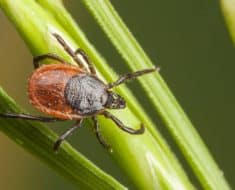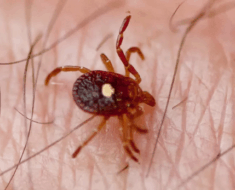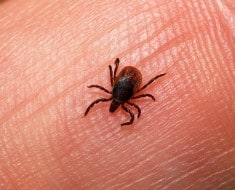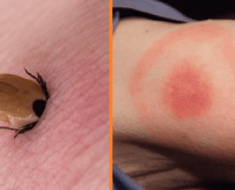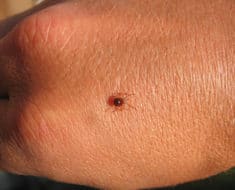The ticks are out in full force already! Below is everything you need to know about these nasty little arachnids.
Ticks do not jump, fly or fall out of trees. They wait on low growing plants for a host (person or animal) to pass by. When a host brushes against the plant, the tick will cling to fur or clothing. Once on the host, the tick will crawl upward, looking for a place to attach and begin feeding.
- Ticks are arachnids, relatives of spiders.
- Ticks live in wooded areas, brushy fields, and around your home.
- Ticks survive by eating blood from their hosts.
- Ticks can pass infections from one host to the next, including humans.
Ticks transmit pathogens that cause disease through the process of feeding.
- Depending on the tick species and its stage of life, preparing to feed can take from 10 minutes to 2 hours. When the tick finds a feeding spot, it grasps the skin and cuts into the surface.
- The tick then inserts its feeding tube. Many species also secrete a cement-like substance that keeps them firmly attached during the meal. The feeding tube can have barbs which help keep the tick in place.
- Ticks also can secrete small amounts of saliva with anesthetic properties so that the animal or person can’t feel that the tick has attached itself. If the tick is in a sheltered spot, it can go unnoticed.
- A tick will suck the blood slowly for several days. If the host animal has a bloodborne infection, the tick will ingest the pathogens with the blood.
- Small amounts of saliva from the tick may also enter the skin of the host animal during the feeding process. If the tick contains a pathogen, the organism may be transmitted to the host animal in this way.
- After feeding, most ticks will drop off and prepare for the next life stage. At its next feeding, it can then transmit an acquired disease to the new host.
Life Cycle
Most ticks go through four life stages: egg, six-legged larva, eight-legged nymph, and adult. After hatching from the eggs, ticks must eat blood at every stage to survive. Ticks that require this many hosts can take up to 3 years to complete their full life cycle, and most will die because they don’t find a host for their next feeding.
Ticks find their hosts by detecting animals´ breath and body odors, or by sensing body heat, moisture, and vibrations. Some species can even recognize a shadow. In addition, ticks pick a place to wait by identifying well-used paths. Then they wait for a host, resting on the tips of grasses and shrubs. Ticks can’t fly or jump, but many tick species wait in a position known as “questing”.
While questing, ticks hold onto leaves and grass by their third and fourth pair of legs. They hold the first pair of legs outstretched, waiting to climb on to the host. When a host brushes the spot where a tick is waiting, it quickly climbs aboard. Some ticks will attach quickly and others will wander, looking for places like the ear, or other areas where the skin is thinner.
Tick Species
American dog tick
American dog tick (Dermacentor variabilis) is the most commonly identified species responsible for transmitting Rickettsia rickettsii, which causes Rocky Mountain spotted fever in humans. The American dog tick can also transmit tularemia. This tick is widely distributed east of the Rocky Mountains and also occurs in limited areas on the Pacific Coast. D. variabilis larvae and nymphs feed on small rodents. Dogs and medium-sized mammals are the preferred hosts of adult D. variabilis, although it feeds readily on other large mammals, including humans.
Blacklegged tick
The blacklegged tick (Ixodes scapularis), commonly known as a “deer tick“, can transmit the organisms responsible for anaplasmosis, babesiosis, and Lyme disease. This tick is widely distributed in the northeastern and upper midwestern United States. I. scapularis larvae and nymphs feed on small mammals and birds, while adults feed on larger mammals and will bite humans on occasion. It is important to note that the pathogen that causes Lyme disease is maintained by wild rodent and other small mammal reservoirs, and is not transmitted everywhere that the blacklegged tick lives. In some regions, particularly in the southern U.S., the tick has very different feeding habits that make it an unlikely vector in the spread of human disease.
Brown dog tick
The brown dog tick (Rhipicephalus sanguineus) has recently been identified as a reservoir of R. rickettsii, causing Rocky Mountain spotted fever, in the southwestern U.S. and along the U.S-Mexico border. Brown dog ticks are found throughout the U.S. and the world. Dogs are the primary host for the brown dog tick for each of its life stages, although the tick may also bite humans or other mammals.
Gulf Coast tick
The Gulf Coast tick resides in coastal areas of the United States along the Atlantic coast and the Gulf of Mexico. The Gulf Coast tick can transmit Rickettsia parkeri rickettsiosis, a form of spotted fever. A. maculatum larvae and nymphs feed on birds and small rodents, while adult ticks feed on deer and other wildlife. Adult ticks have been associated with transmission of R. parkeri to humans.
Lone star tick
The lone star tick (Amblyomma americanum) transmits Ehrlichia chaffeensis and Ehrlichia ewingii, causing human ehrlichiosis, tularemia, and STARI. The lone star tick is primarily found in the southeastern and eastern United States. White-tailed deer are a major host of lone star ticks and appear to represent one natural reservoir for E. chaffeensis. A. americanum larvae and nymphs feed on birds and deer. Both nymphal and adult ticks may be associated with the transmission of pathogens to humans.
Tick Removal
A tick attached to skin should be removed as soon as possible. This is important because disease will not transmit until the tick has been attached for several hours. To remove a tick, follow these steps:
- Use clean, fine-tipped tweezers to grasp the tick as close to the skin’s surface as possible.
- Pull upward with steady, even pressure. Do not twist or jerk the tick; this can cause the mouth-parts to break off and remain in the skin. If this happens, remove the mouth-parts with tweezers. If the mouth cannot be easily removed with clean tweezers, leave it alone and let the skin heal.
- After removing the tick, thoroughly clean the bite area and wash your hands with rubbing alcohol, an iodine scrub, or soap and water.
Do not use home remedies such as “painting” the tick with nail polish or petroleum jelly, or using heat to make the tick come off. The goal is to remove the tick as quickly as possible. Do not wait for the tick to let go!
If you develop a rash or fever within several weeks of removing a tick, see your doctor. Be sure to tell the doctor about your recent tick bite, when the bite occurred, and where you most likely acquired the tick.
We hope you have a tick free summer! Remember to ‘share’ this along or bookmark it…it is a great reference if you do happen to have a tick land on you or a loved one!








